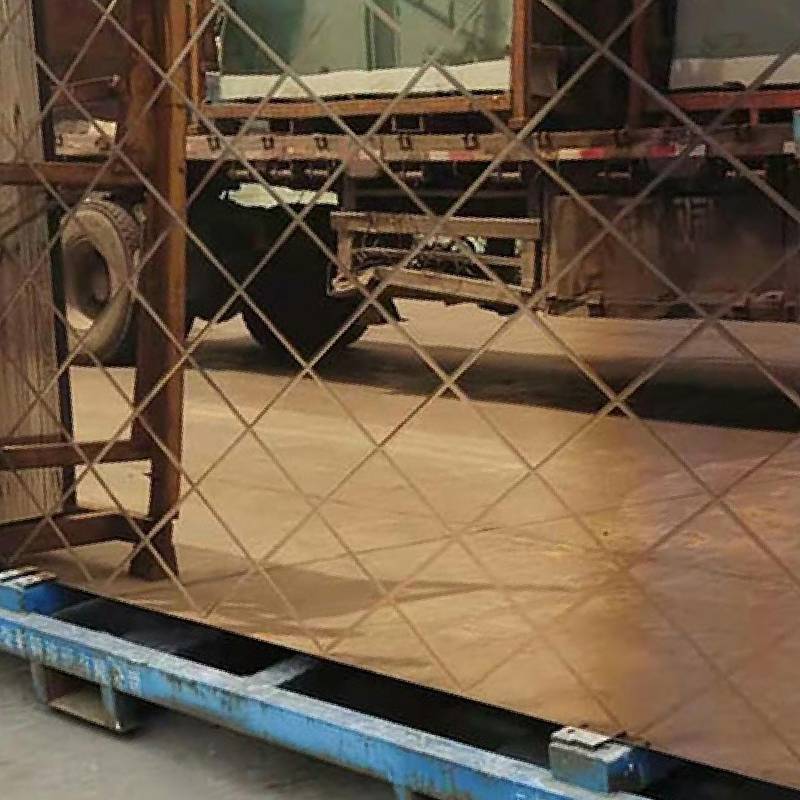Infrared Reflective Coating for Glass Enhancing Energy Efficiency
In recent years, the demand for energy-efficient building materials has surged, driven by rising energy costs and growing environmental concerns. One innovative solution that has emerged in this context is infrared (IR) reflective coating for glass. This technology plays a crucial role in enhancing energy efficiency in buildings, making it essential for architects, builders, and homeowners to understand its benefits and applications.
What is Infrared Reflective Coating?
Infrared reflective coating refers to a specialized layer applied to glass surfaces that selectively reflects infrared radiation while allowing visible light to pass through. This characteristic is particularly significant since a substantial portion of solar energy consists of infrared radiation, which contributes to heat gain within buildings. By reflecting these infrared rays, the coated glass helps maintain a comfortable indoor temperature, thereby reducing the reliance on air conditioning and heating systems.
How Does it Work?
The functionality of infrared reflective coatings is rooted in their unique material composition. Typically, these coatings are made from metal oxides such as silver, titanium, or aluminum, which are known for their reflective properties. When applied to glass, these coatings form a thin, transparent layer that efficiently reflects infrared light.
The performance of these coatings is often quantified by their Solar Heat Gain Coefficient (SHGC), which measures how much solar radiation can pass through the glass. Lower SHGC values indicate better performance in blocking unwanted heat gain. Infrared reflective coatings can achieve SHGC values significantly lower than standard glass, making them an attractive option for energy-conscious builders.
Benefits of Infrared Reflective Coating
1. Energy Efficiency One of the primary advantages of using infrared reflective coatings is their ability to enhance energy efficiency in buildings. By reducing heat gain during the summer months, these coatings minimize the need for excessive air conditioning, leading to lower energy bills. Similar benefits can be observed during winter, where insulation properties can help retain warmth.
ir reflective coating for glass
2. Comfort Maintaining a consistent indoor temperature contributes to overall occupant comfort. With less reliance on HVAC systems, spaces become more pleasant and livable, avoiding uncomfortable temperature fluctuations.
3. UV Protection Infrared reflective coatings can also protect against harmful ultraviolet (UV) radiation. By reducing UV penetration, these coatings help prevent damage to furniture, flooring, and artwork, extending their lifespan and preserving interior aesthetics.
4. Glare Reduction In addition to energy efficiency, these coatings help mitigate glare from direct sunlight, providing a more comfortable viewing experience in homes and offices. This is especially beneficial in spaces with large windows or glass facades.
5. Aesthetic Versatility Infrared reflective coatings can be applied to a variety of glass types without significantly altering their appearance. This versatility allows architects to maintain the desired aesthetic without compromising performance.
Applications
Infrared reflective coatings are suitable for various applications, including residential buildings, commercial properties, and automotive glass. In skyscrapers, for example, reflective glass can dramatically reduce heat buildup while providing a modern and sleek appearance. Additionally, in residential settings, homeowners can benefit from lower energy costs and improved comfort levels.
Conclusion
Infrared reflective coatings for glass represent a significant advancement in energy-efficient building technologies. By reflecting unwanted infrared radiation, these coatings not only enhance energy performance but also improve occupant comfort and protect interior furnishings. As the construction industry continues to prioritize sustainability and energy efficiency, the adoption of infrared reflective coatings is likely to become increasingly prevalent. For anyone involved in building design or renovation, considering this innovative solution could be key to creating more environmentally friendly and cost-effective structures. Embracing such technologies is not merely a trend; it is a necessary step toward a sustainable future.
 Afrikaans
Afrikaans  Albanian
Albanian  Amharic
Amharic  Arabic
Arabic  Armenian
Armenian  Azerbaijani
Azerbaijani  Basque
Basque  Belarusian
Belarusian  Bengali
Bengali  Bosnian
Bosnian  Bulgarian
Bulgarian  Catalan
Catalan  Cebuano
Cebuano  Corsican
Corsican  Croatian
Croatian  Czech
Czech  Danish
Danish  Dutch
Dutch  English
English  Esperanto
Esperanto  Estonian
Estonian  Finnish
Finnish  French
French  Frisian
Frisian  Galician
Galician  Georgian
Georgian  German
German  Greek
Greek  Gujarati
Gujarati  Haitian Creole
Haitian Creole  hausa
hausa  hawaiian
hawaiian  Hebrew
Hebrew  Hindi
Hindi  Miao
Miao  Hungarian
Hungarian  Icelandic
Icelandic  igbo
igbo  Indonesian
Indonesian  irish
irish  Italian
Italian  Japanese
Japanese  Javanese
Javanese  Kannada
Kannada  kazakh
kazakh  Khmer
Khmer  Rwandese
Rwandese  Korean
Korean  Kurdish
Kurdish  Kyrgyz
Kyrgyz  Lao
Lao  Latin
Latin  Latvian
Latvian  Lithuanian
Lithuanian  Luxembourgish
Luxembourgish  Macedonian
Macedonian  Malgashi
Malgashi  Malay
Malay  Malayalam
Malayalam  Maltese
Maltese  Maori
Maori  Marathi
Marathi  Mongolian
Mongolian  Myanmar
Myanmar  Nepali
Nepali  Norwegian
Norwegian  Norwegian
Norwegian  Occitan
Occitan  Pashto
Pashto  Persian
Persian  Polish
Polish  Portuguese
Portuguese  Punjabi
Punjabi  Romanian
Romanian  Russian
Russian  Samoan
Samoan  Scottish Gaelic
Scottish Gaelic  Serbian
Serbian  Sesotho
Sesotho  Shona
Shona  Sindhi
Sindhi  Sinhala
Sinhala  Slovak
Slovak  Slovenian
Slovenian  Somali
Somali  Spanish
Spanish  Sundanese
Sundanese  Swahili
Swahili  Swedish
Swedish  Tagalog
Tagalog  Tajik
Tajik  Tamil
Tamil  Tatar
Tatar  Telugu
Telugu  Thai
Thai  Turkish
Turkish  Turkmen
Turkmen  Ukrainian
Ukrainian  Urdu
Urdu  Uighur
Uighur  Uzbek
Uzbek  Vietnamese
Vietnamese  Welsh
Welsh  Bantu
Bantu  Yiddish
Yiddish  Yoruba
Yoruba  Zulu
Zulu 

